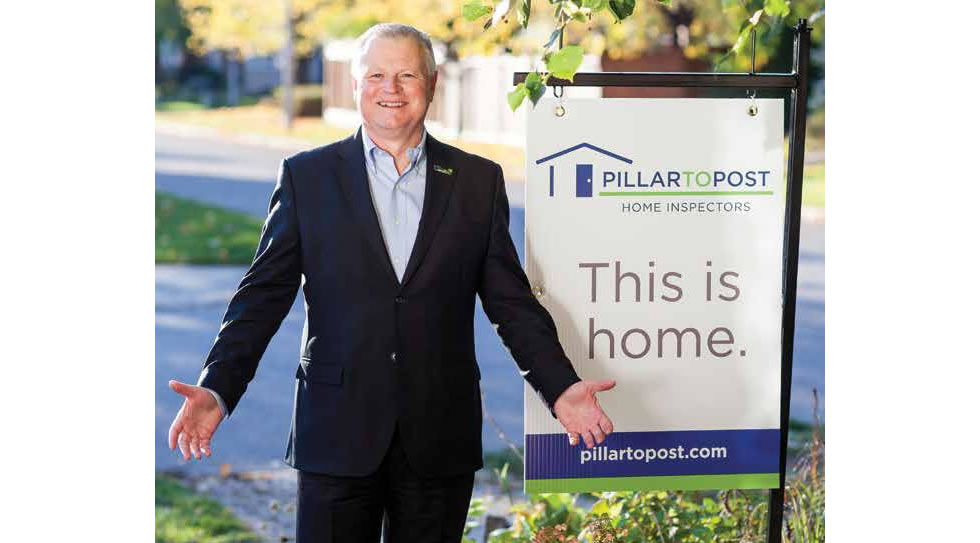
Not every home owner takes the important precautionary step of having their new home inspected before closing, but it’s a wise idea. Well-trained inspectors today can detect more problems with their high-tech reports and exacting diagnostic tools, as well as allay concerns about the many parts and systems that comprise every home.
An inspection just makes sense. After all, who wants to plunk down big bucks, only to learn that beams have rotted due to termite or carpenter ant infestation that is hard, if not impossible, for the average home owner to spot? Or, how about that roof that has become worn over time, so it only has a few more years before it serves as an insulation barrier and starts to leak into rooms beneath?
Inspectors know how to "dig" with their eyes, ears, noses as well as use their arsenal of tools. They know that discoloration may indicate that moisture hasn’t dried out due to poor ventilation and that mold may lurk. Or that a bad odor may also be due to mold.
There are so many good home inspection companies to consider as the industry has grown to $3 billion annually, with a yearly rate of more than 4.4 percent. Some continue to be Mom and Pop operations, which is how the industry started, and some are huge firms. But even better than size is that more are coming under state regulations as New York, Texas and others require professional inspectors to possess a license. Industry associations such as ASHI (American Society of Home Inspectors) also set standards.
To learn about some of the latest trends, we recently talked with Dan Steward, President and CEO of Pillar to Post Home Inspectors®, based in Tampa, among the country’s largest with 559 locations in 49 states, and which has conducted more than 3 million home inspections.

High-Tech Reports
The biggest influence by far is the increased use of technology to present information. Instead of the old hand-written reports that may have gone on for pages, today’s reports are electronic—and may scroll on for many "pages".
Pillar to Post® was the first company to computerize home inspection back in 1999, Steward says. Besides speed in providing data, it also tries to make the information presented easier to digest by summarizing the contents in the first one to two pages of the report in two main sections: first, what’s not safe—perhaps, an unstable glass shower door that could hurt a user—and second, what are important necessary repairs such as a leaky roof, a furnace nearing "end of economic life," or a cracked foundation.
After the summary, the next 20 pages or more detail the state of what’s in the house accompanied by color photos, another recent development. "Seeing the issues visually helps," Steward says. And then, also because of technology, the company prints on the spot a version of its electronic report and compiles it in a binder, so the home inspector can easily go over all the findings with the potential home owner and their sales rep or broker. "There’s even space for the buyer to take notes," Steward says. The inspector also emails a PDF file. "It’s all an education process, and very useful, especially for first-time buyers," he says.
Diagnostic Tools
Another significant trend is that inspectors have become better snoops, thanks, in part, to their growing bag of diagnostic tools. Infrared thermography lets them see moisture even before a brown spot may show up on a ceiling or wall. "If a leak has started it will read as cool, so it’s a way to get in front of problems before they worsen," Steward says. His team also uses tools to diagnose electric problems before circuits get overloaded or fires occur.
And there are other tools to diagnose the growing environmental concerns of smarter buyers who are used to learning from news media and HGTV shows about everything from radon to mold, toxic water, allergens and even bed bugs, Steward says. These are typically additional costs, beyond the general inspection, which may run between $500 and $900. But all costs will vary by location, age of the home, its size and sometimes its price. Ask in advance for a full menu of costs.
Other Times to Call in an Inspector
The most common time to bring in an inspector is after a buyer has a bid accepted—or even when eager to make an offer but concerned about some issues related to the home. But today, more home owners are calling in an inspector before they list so they can correct problems in advance. This avoids having them become part of the negotiation process, Steward says.
"I’d say this is now about 15 percent of our business, but it’s growing and becoming almost standard operation in some markets. We call it a ‘pre-listing inspection’. He adds, "It’s a way for a home owner to represent their product—their house—with a greater feeling of confidence and authenticity. They might proactively offer the buyer an allowance of $4,000 toward a new furnace. This is preferable to having the buyer want to take more off the asking price and be concerned about the hassle of replacing the furnace soon after they move in."
Using a home inspector is simply another way of being safe rather than sorry when it comes to owning a home.
